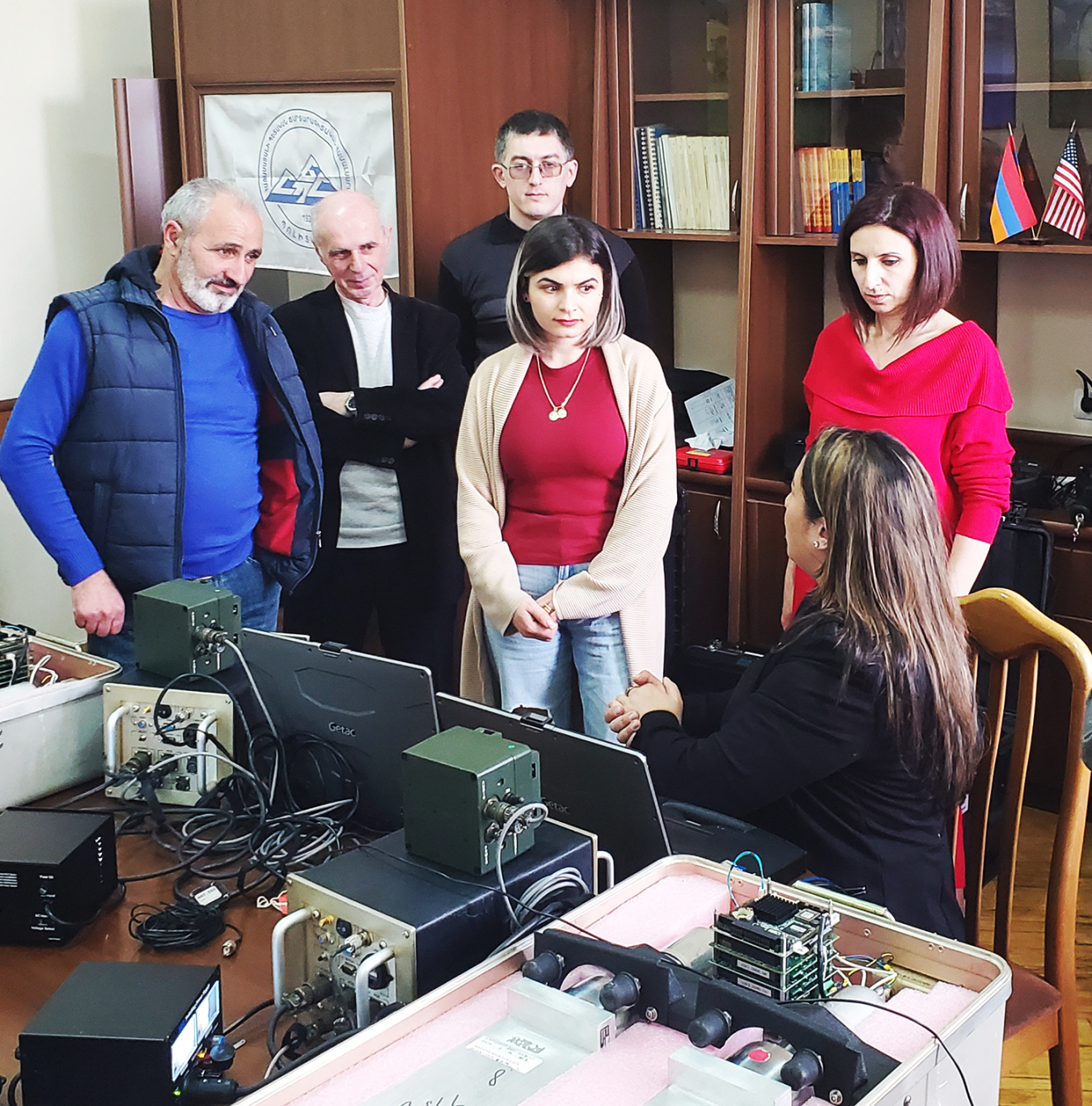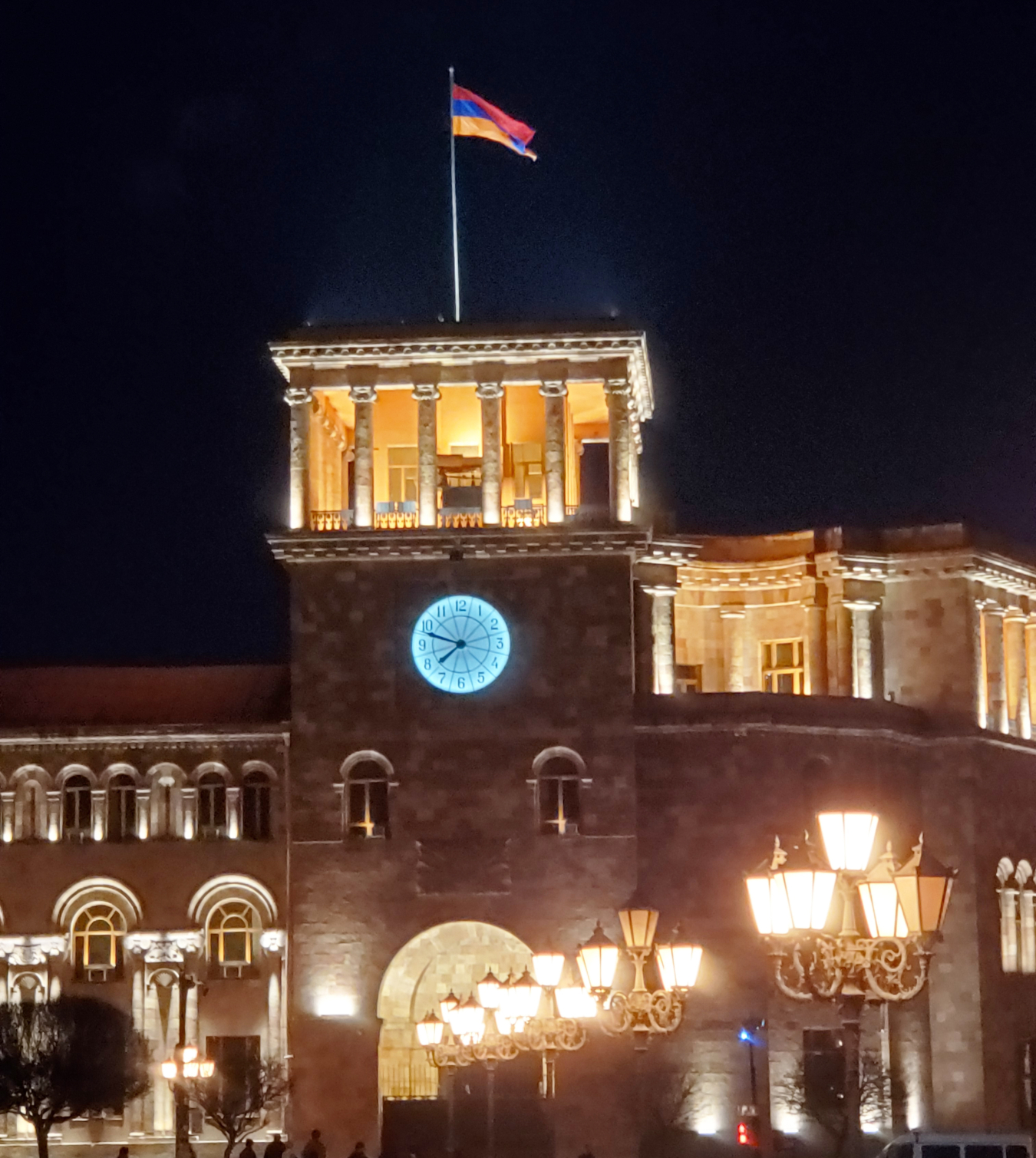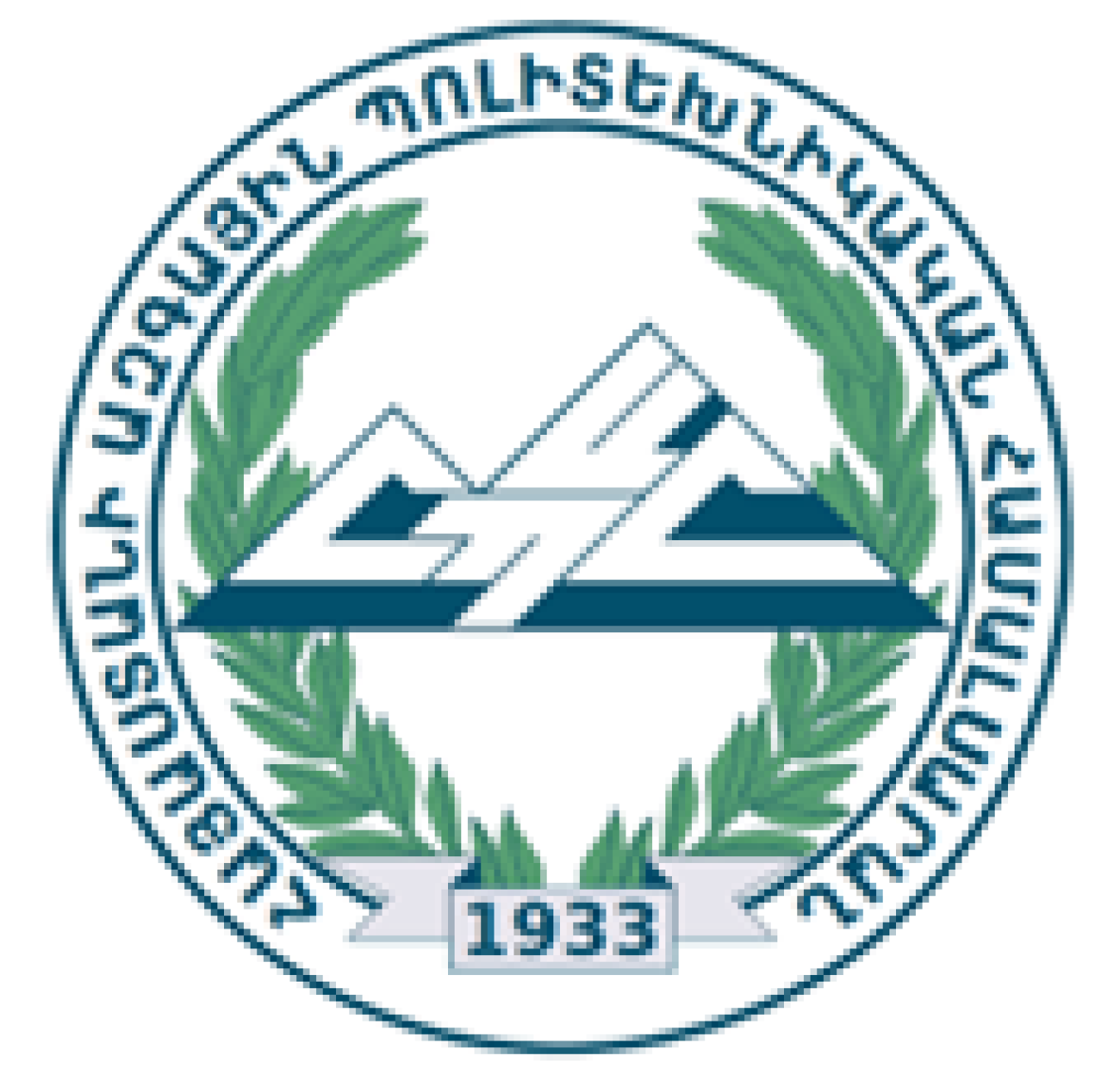Last month, NNSA conducted a refresher course and maintenance training in Yerevan, Armenia, to keep Armenian emergency response personnel prepared and up to date should they need to respond to a radiological incident.
National Nuclear Security Administration
April 25, 2023
Last month, members of NNSA’s Office of Counterterrorism and Counterproliferation (CTCP) conducted a refresher course and maintenance training in Yerevan, Armenia, to keep Armenian emergency response personnel prepared and up to date should they need to respond to a radiological incident

The course centered on the Spectral Advanced Radiological Computer System (SPARCS), a versatile gamma radiation detection system used in cars, trucks, boats, and aircraft for emergency response operations. SPARCS can be deployed for a wide range of radiological search, survey, and monitoring missions, including searching for lost or stolen radiation sources, conducting background surveys and portal monitoring at major public gatherings, and providing border crossing surveillance. For many years CTCP has provided SPARCS units to foreign partners and trained personnel in their use through a program to build international capacity in emergency preparedness and response.
As part of the training, a team from CTCP’s Office of Nuclear Incident Policy and Cooperation partnered with the National Polytechnic University of Armenia and Armenia’s Nuclear and Radiation Safety Center, which both received SPARCS units in 2015.

This refresher and maintenance course allowed experts from NNSA to train new users, upgrade equipment, and review various maintenance procedures. The engagement also allowed for the NNSA team to receive briefings from Armenian partners and understand their current operational requirements for the SPARCS units.

“This week highlighted the immense value of in-person training and engagements with our international colleagues in the field of radiological incident response,” said Andrae Brooks, an NNSA Foreign Affairs Specialist. “Helping to build the capacity of our overseas partners is an important element of our effort to create a truly global emergency preparedness architecture. Both the National Polytechnic University of Armenia and the Nuclear and Radiation Safety Center are capable and energetic partners.”
The U.S. Embassy in Yerevan played a key role in the successful visit by handling logistics, translation, and administrative issues for the team.

